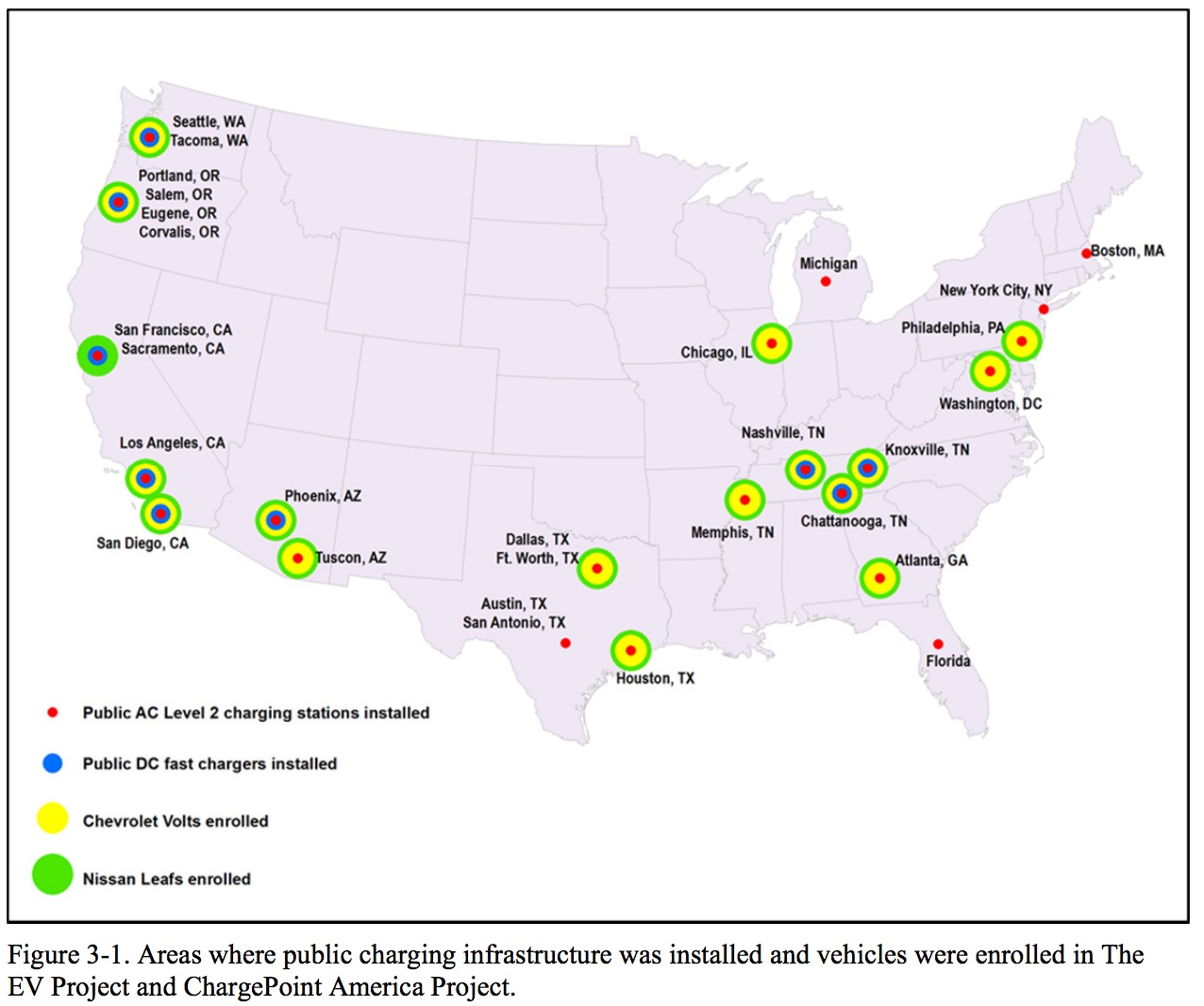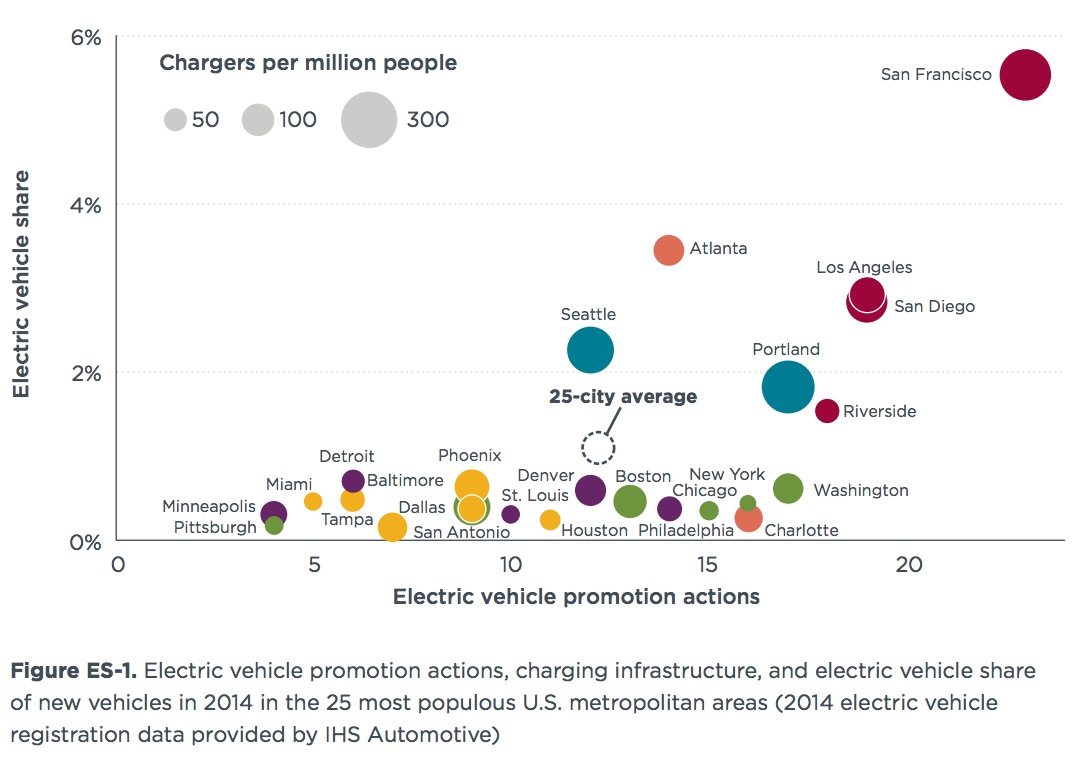
IDAHO NATIONAL LABORATORY
The answer is clear: despite installation of extensive public charging infrastructure, in most of the project areas, the vast majority of charging was done at home and work. About half The EV Project participants charged at home almost exclusively. Of those who charged away from home, the vast majority favored three or fewer away-from-home charging locations, with one or more of these locations being at work for some drivers.
















 RSS Feed
RSS Feed